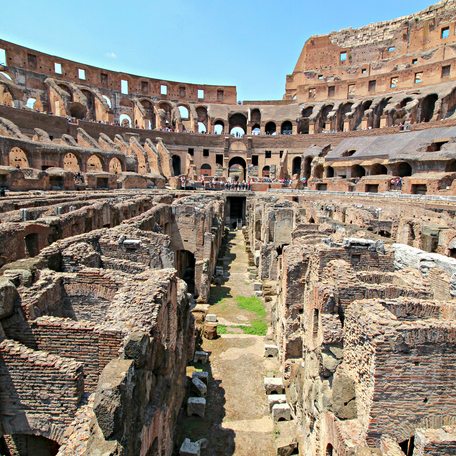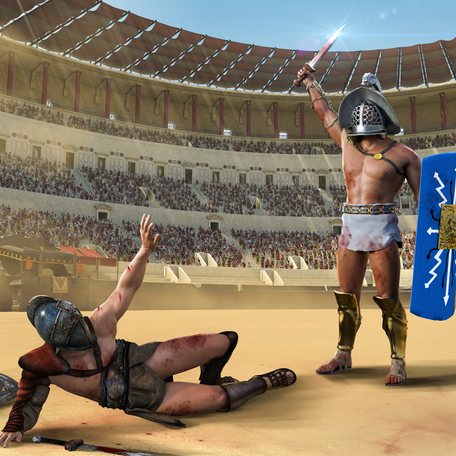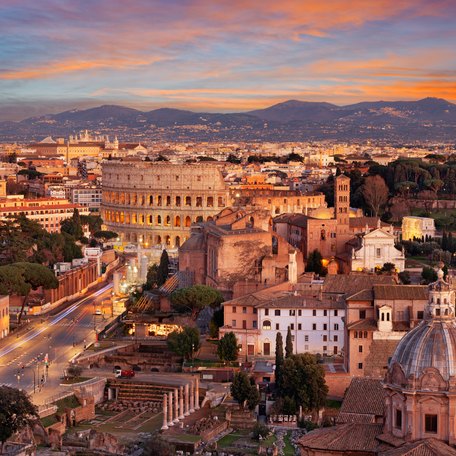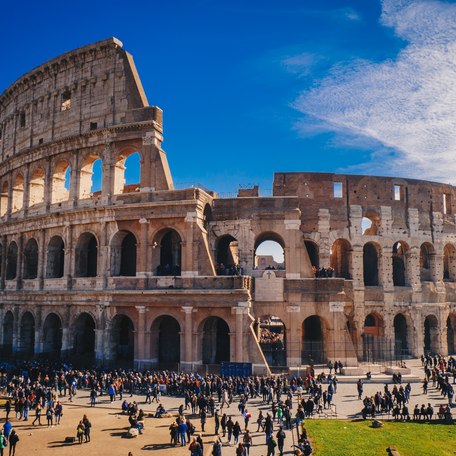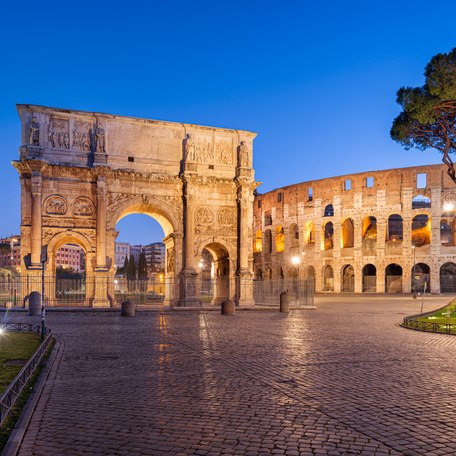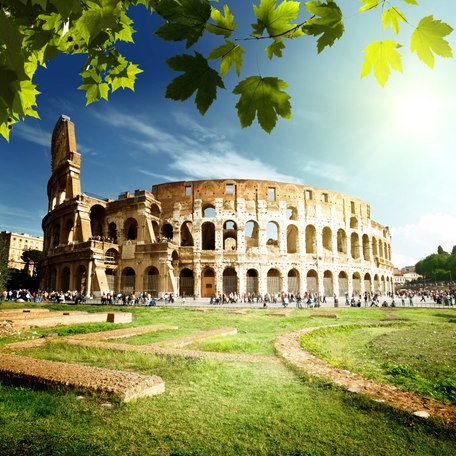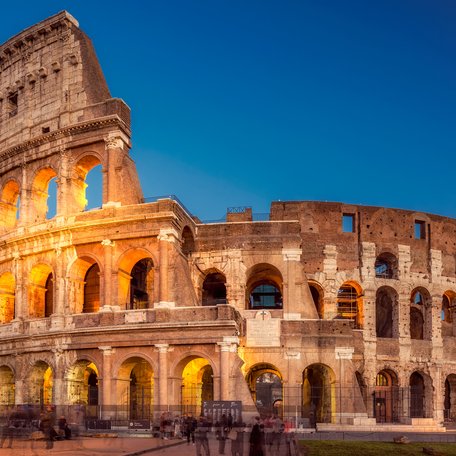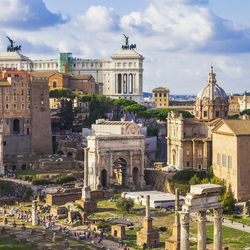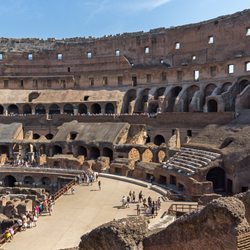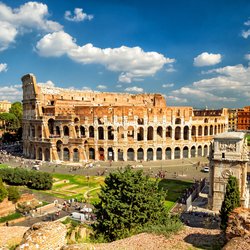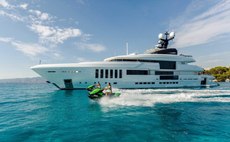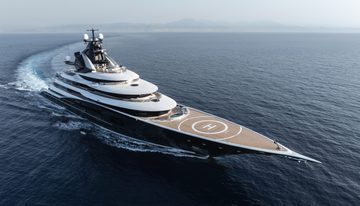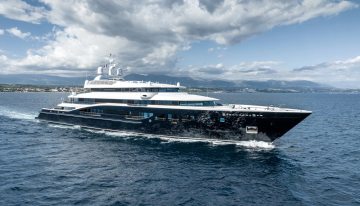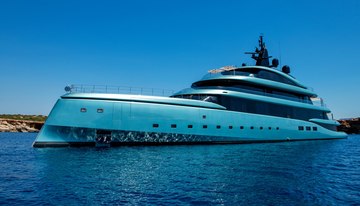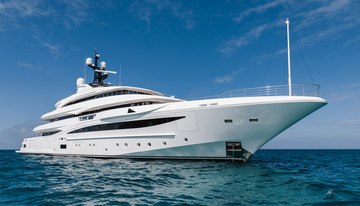Towering over the centre of Rome for almost two thousand years, the Colosseum is one of the world’s most instantly recognisable landmarks, and its tiered, arcaded outline has become a kind of architectural shorthand for Italy itself.
Officially known as the Flavian Amphitheatre, named in honor of the ruling imperial dynasty of the time, the Colosseum was built on the orders of Emperor Vespasian in AD 70. It was completed ten years later, when his son, Emperor Titus, presided over the lavish inaugural games.
It was only later that the informal epithet of the ‘Colosseum’ was applied to the amphitheater, most likely after the giant statue of Nero, known as the Colossus Neronis, which once stood nearby.
Those exploring Italy on a superyacht vacation should not miss the chance to experience this rich slice of culture and history.
Even by modern standards, the sheer scale of the Colosseum impresses visitors, but in the first century it would have been overwhelming – the biggest freestanding building, rising to a height of 48m, that anyone would have seen.
Inside, there was room for 50,000 spectators on four tiers of seating overlooking a vast, elliptical arena measuring 87m long by 55m wide.
Entry was free, with everything from gladiator fights and wild animal shows to savage public executions, including, most famously, those of many early Christian martyrs, staged for the entertainment of Rome’s populace.
The emperor and his family enjoyed the view from their private box, while the poorest citizens and slaves were relegated to the topmost seats.
The Colosseum remained in use for over four hundred years, and was restored a number of times following earthquakes and fires. The last recorded games, a staged wild animal hunt, were held in 523, after which the Colosseum slowly fell into dereliction.
The building’s stone was quarried for use elsewhere in the city, houses and workshops were built in what had been the arena and the outer wall partially collapsed during an earthquake in 1349.
This unique building was saved from further destruction in 1749 when Pope Benedict XIV declared it a holy site, as a place of Christian martyrdom, and every Good Friday the Pope leads a Via Crucis, or Way of the Cross, service outside the Colosseum walls.
For those visiting Italy on a luxury yacht charter, the endlessly diverting capital, Rome, is well worth a stopover, and the Colosseum is located right in the historic center of the city.
There’s a lot more to see in the vicinity, too - just a short walk away are the extensive remains of the Forum, once the beating heart of an empire that held sway throughout the Mediterranean, and beyond.
To incorporate a visit into your yacht cruising itinerary, please get in touch with a recommended yacht charter broker.


